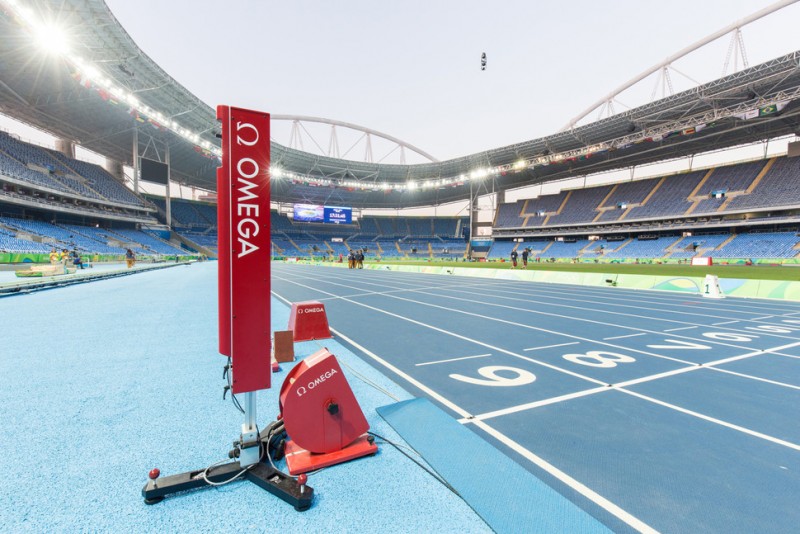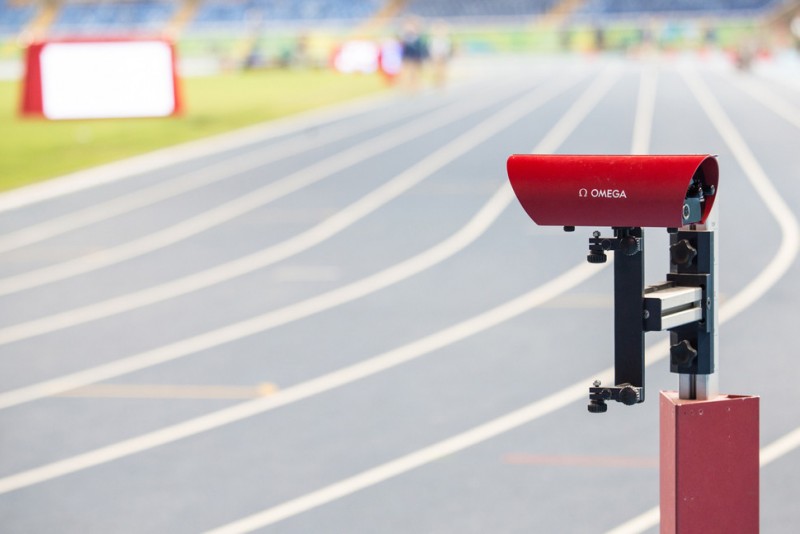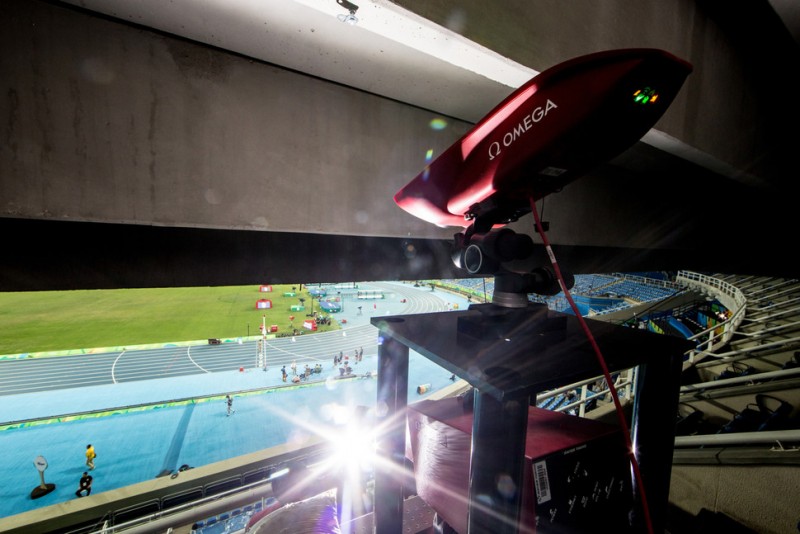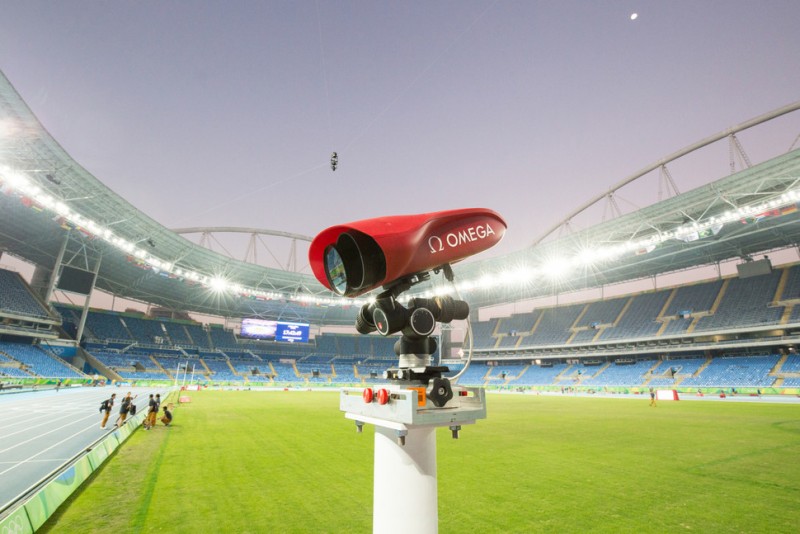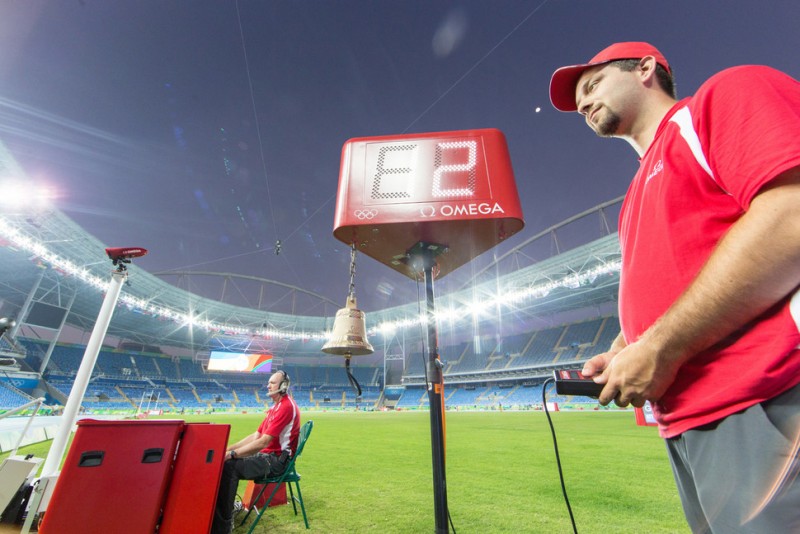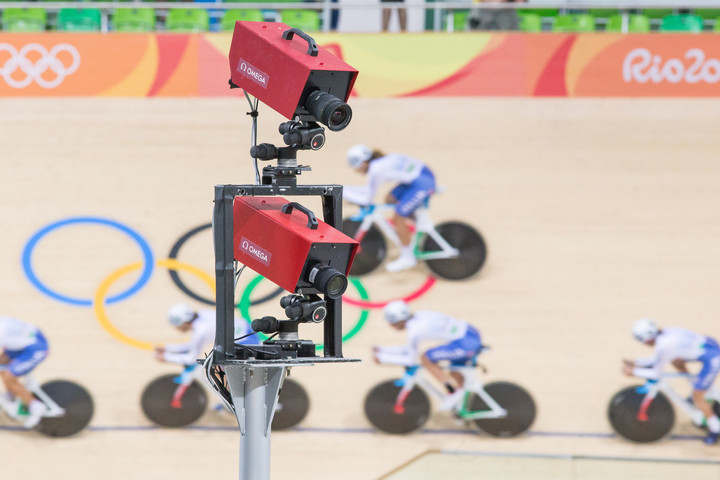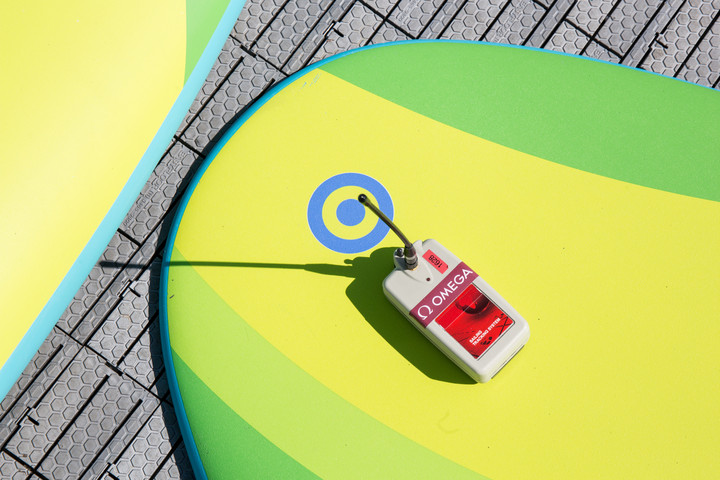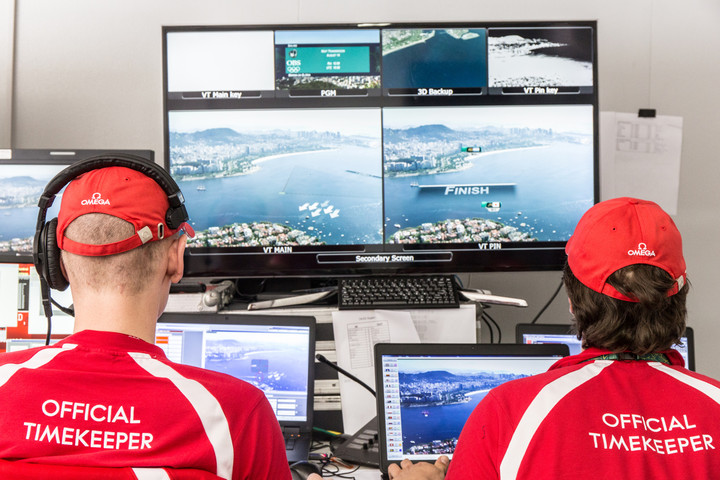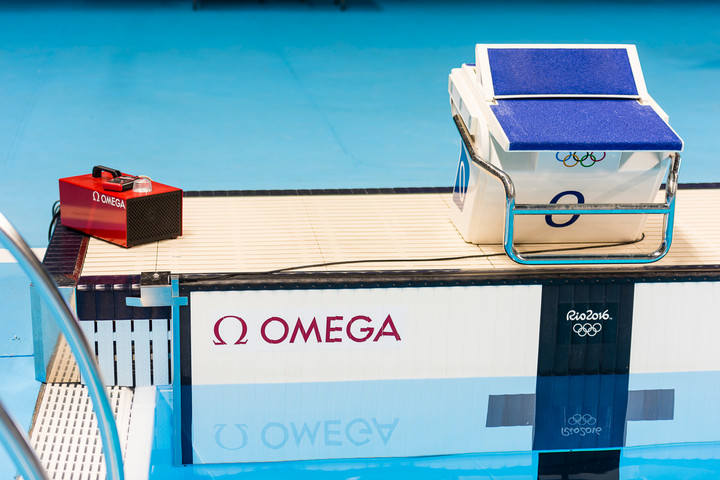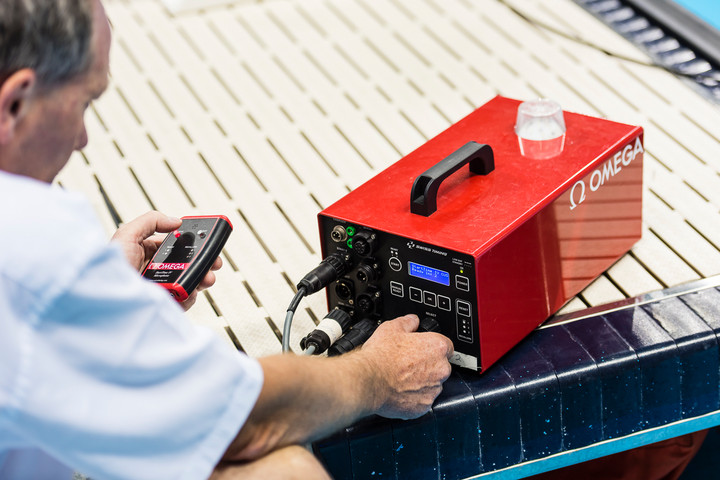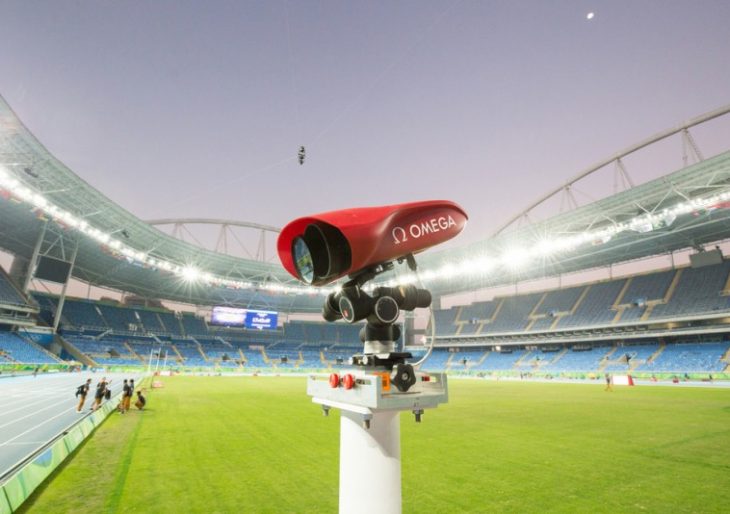At the 2016 Rio Olympics, just 0.08 seconds made the difference between Usain Bolt winning the gold medal and America’s Justin Gatlin taking the silver. Recognizing that photo finish distinction was possible thanks to an Omega camera rated at 10,000-frames-per-second.
The custom camera, dubbed the Scan’O’Vision Myria, doesn’t snap a usual 3:2 aspect ratio picture. Instead, it was fixed on the finish line of Rio’s races and went off at 10,000 fps, with these vertical slices being put together later to create a final image of the winner. Combined with the camera, a pair of photocells were used to mark when the competitor crossed the finish line to post the official times.
The timekeeping doesn’t just happen at the finish line, either. Special Omega sensors could be found at the starting line and even in the blocks used by the sprinters at the Olympics to make sure that the time starts right at the electronic starting gun and to detect even the slightest of false starts.
Omega’s timekeeping and photo technology have also been used in sailing, tennis, basketball, cycling, archery, and other events at the summer Olympiad.
Considering the finish-line camera Omega employed at the 2014 Sochi Winter Olympics captured at 2,000 frames per second, an additional 8,000 fps in just two years is an impressive jump in capability.
